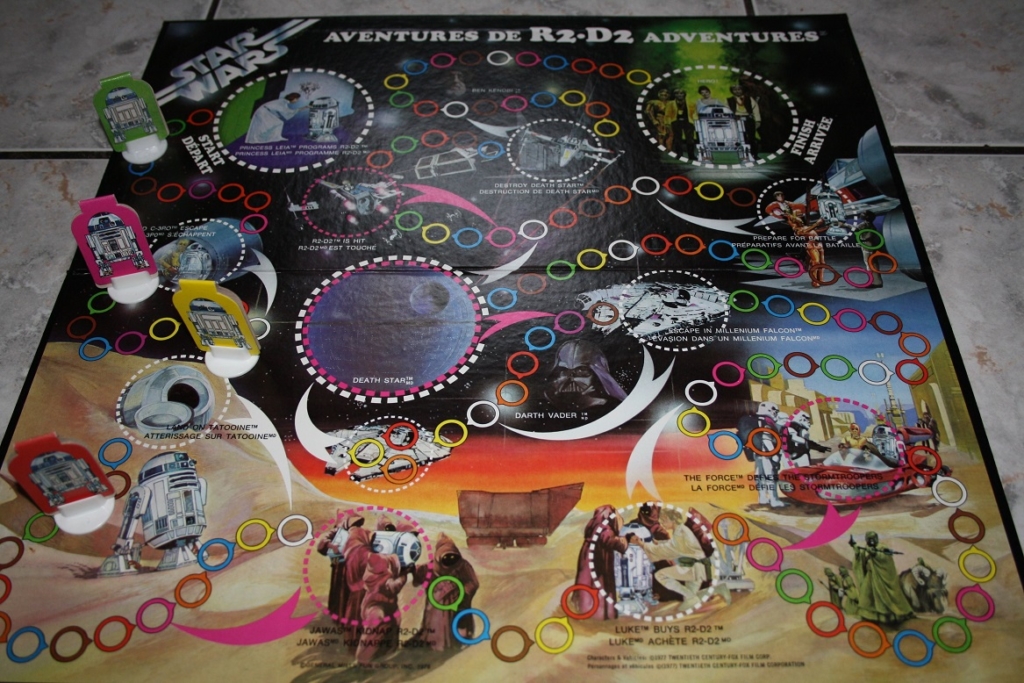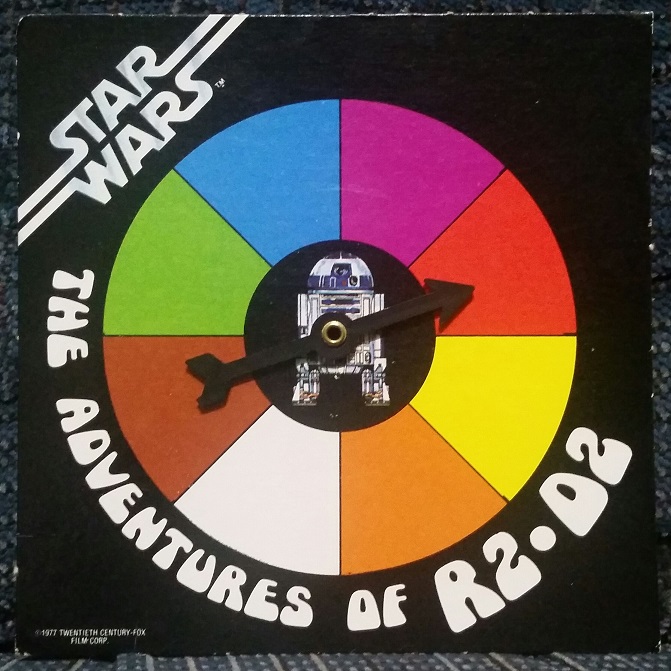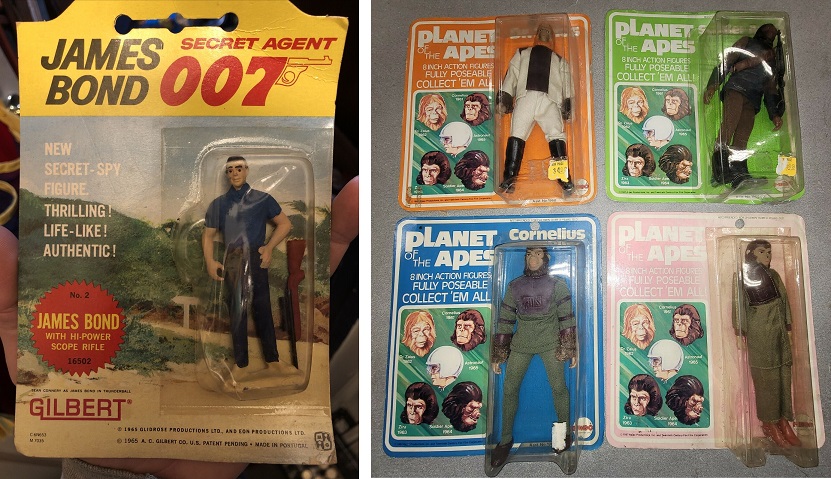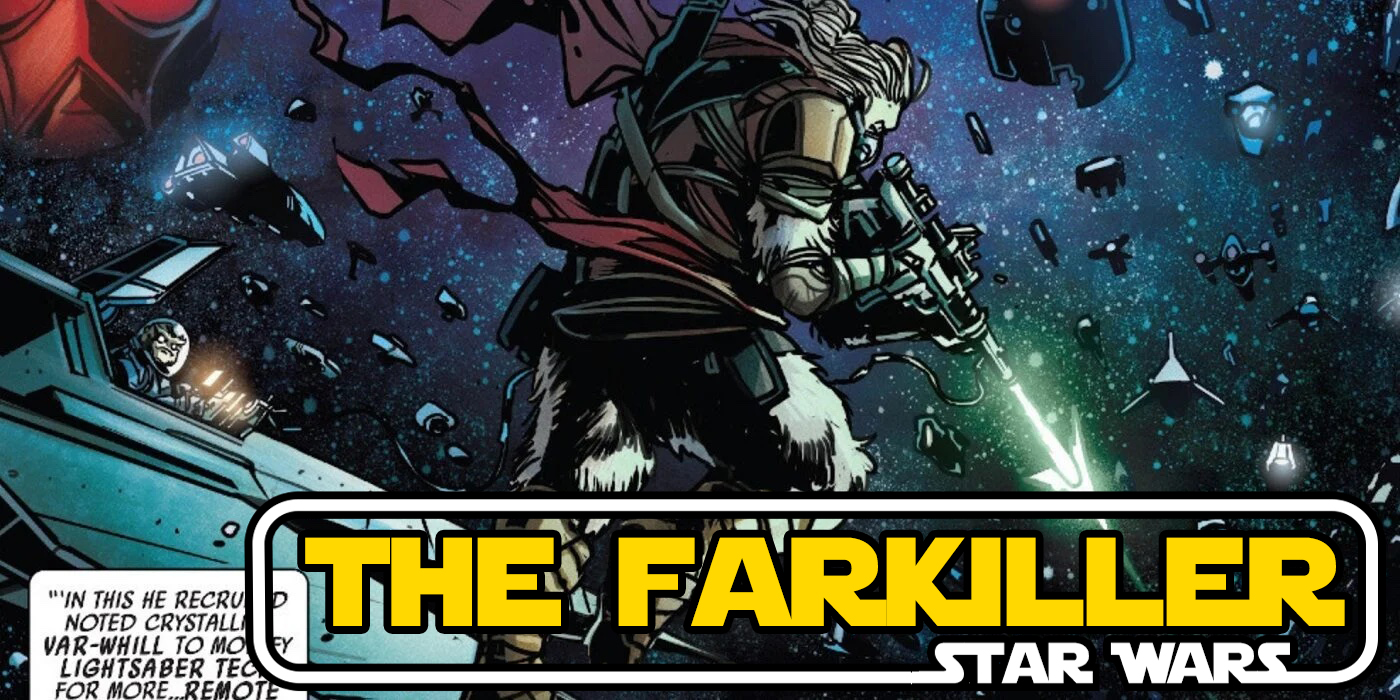How a Terrible Children’s Board Game is Directly Responsible For ‘The Empire Strikes Back’
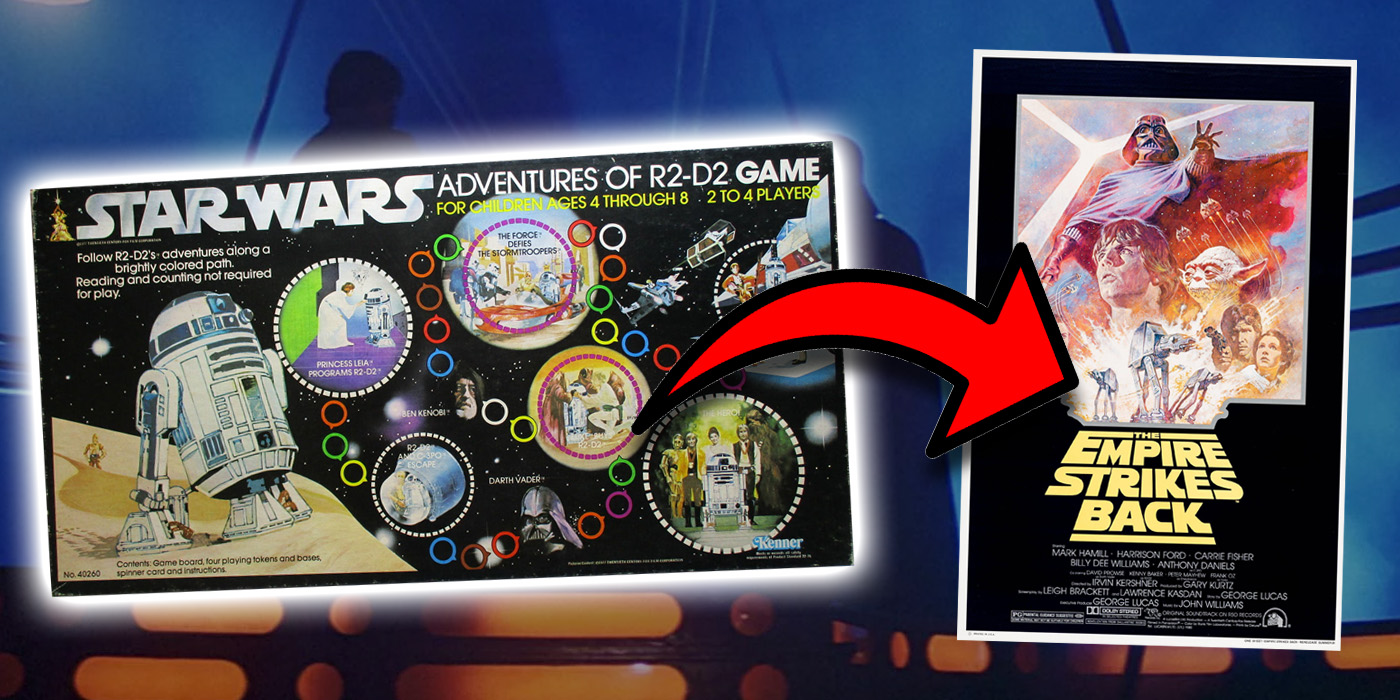
You may think it’s a stretch, but without Star Wars: Adventures of R2-D2 we would not have Star Wars as it exists today.
Star Wars is a monster of an entertainment franchise. Not too long ago we took a peek at the first-ever Star Wars board games. There were three games released at about the same time by Kenner. Rather than try to cram all three of the games into a single article, I left this one off.
At the time, it was mostly just for convenience. But, having read and learned more about the backstory of this game, I think it starts to highlight a really interesting aspect of Star Wars that isn’t really focused on that much: Marketing.
Star Wars: Adventures of R2-D2 Overview
Star Wars: Adventures of R2-D2 is about as much of a kids game as you can get. It’s on the level of Snakes & Ladders mixed with Candyland. Each player controls their own R2-D2 and spins the spinner to move to the next space of that color.
As the box advertises, it’s brightly colored, with no reading or counting required. I don’t know anything about child cognitive development, but I’m pretty sure a baby could be playing this game within the week of coming home from the hospital.
If a player lands on a movie scene space, they will move either forward or backward, as directed by the arrow leading away from that space. The first player to reach the final space is the winner. It’s an incredibly simple game. So, what makes it interesting to talk about?
This Children’s Game Allowed For Empire
It’s all about marketing!
The company that published Star Wars: Adventures of R2-D2 and the previous two games we covered was Kenner. But they were not a gaming company. They made action figures and lots of them. And while there were some action figures made for movies prior to Star Wars, like James Bond and Planet of the Apes in the 60s, no movie did it like Star Wars did.
The push for toys and games based on A New Hope was so influential, hobbyists consider that the major turning point of such tie-in merchandise, using terms like “Post-Star Wars” when discussing vintage toys.
When Kenner branched out into making board games for Star Wars as well, it was part of a strong push to get kids involved with more toys and games about Star Wars as a whole. And it worked. So much so, that George Lucas was able to independently finance Empire Strikes Back and Return of the Jedi based on those sales of toys and games.
Without those sales, Lucas would have had to get financing elsewhere. He’s even mentioned his distaste for how 20th Century Fox was trying to “undermine him” in the creative process. With some studio getting in the way, who knows how it may have turned out? We may have ended up with a totally different Empire Strikes Back.
So next time you’re rewatching this iconic sequel, thank an incredibly simple and, frankly, not very good children’s board game.

